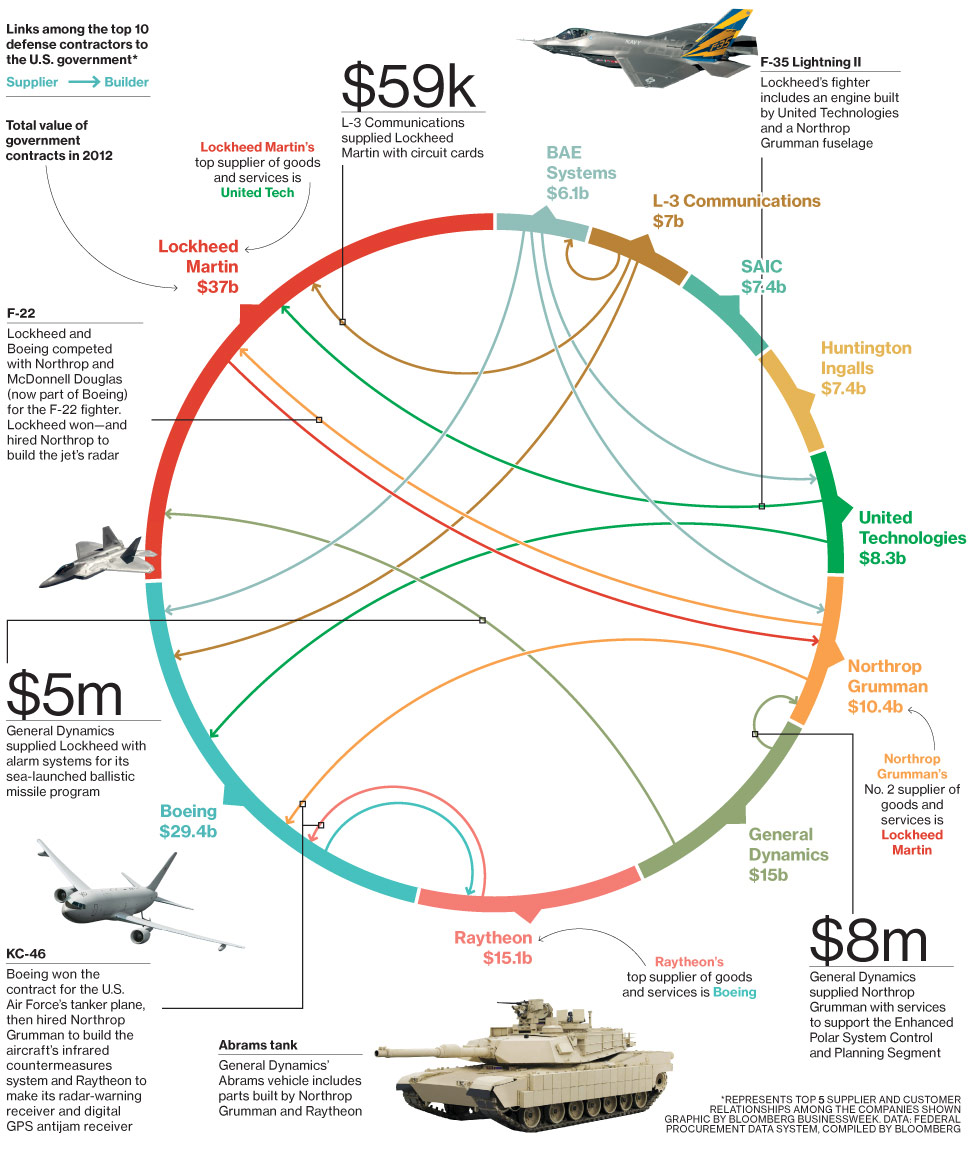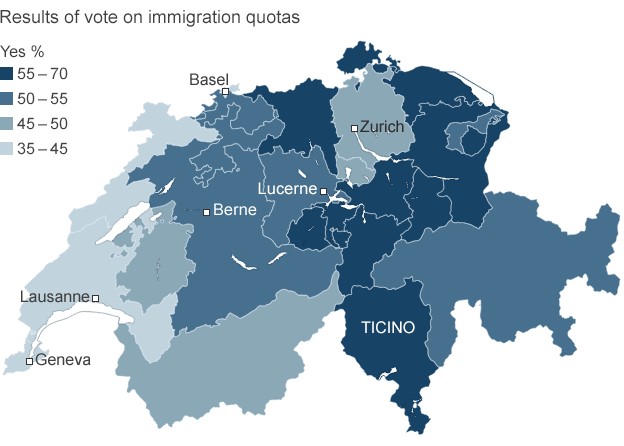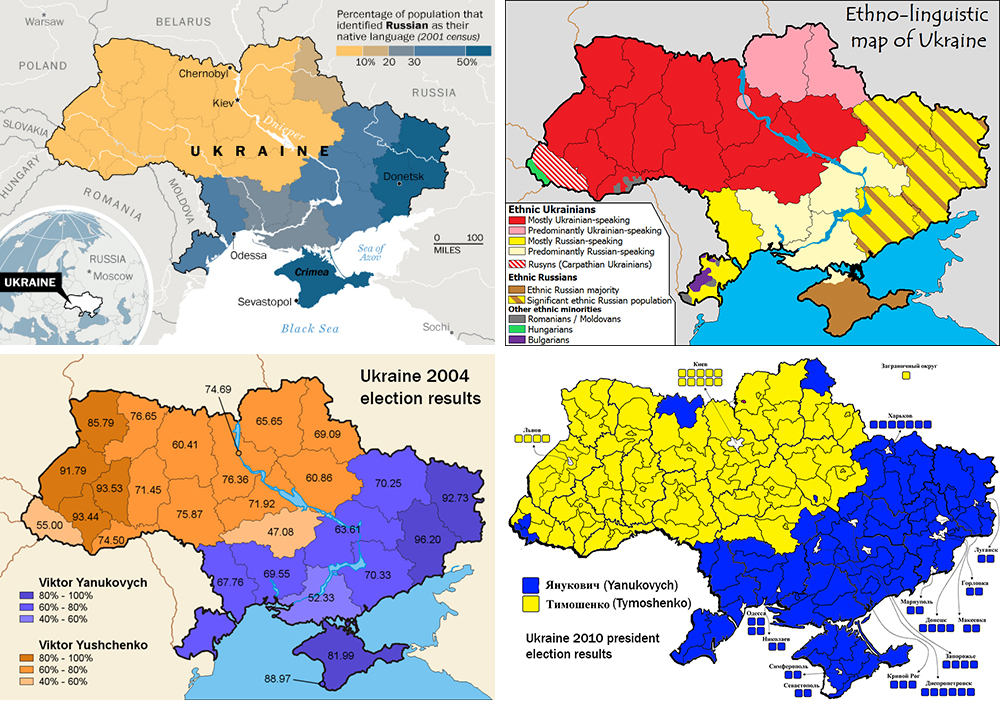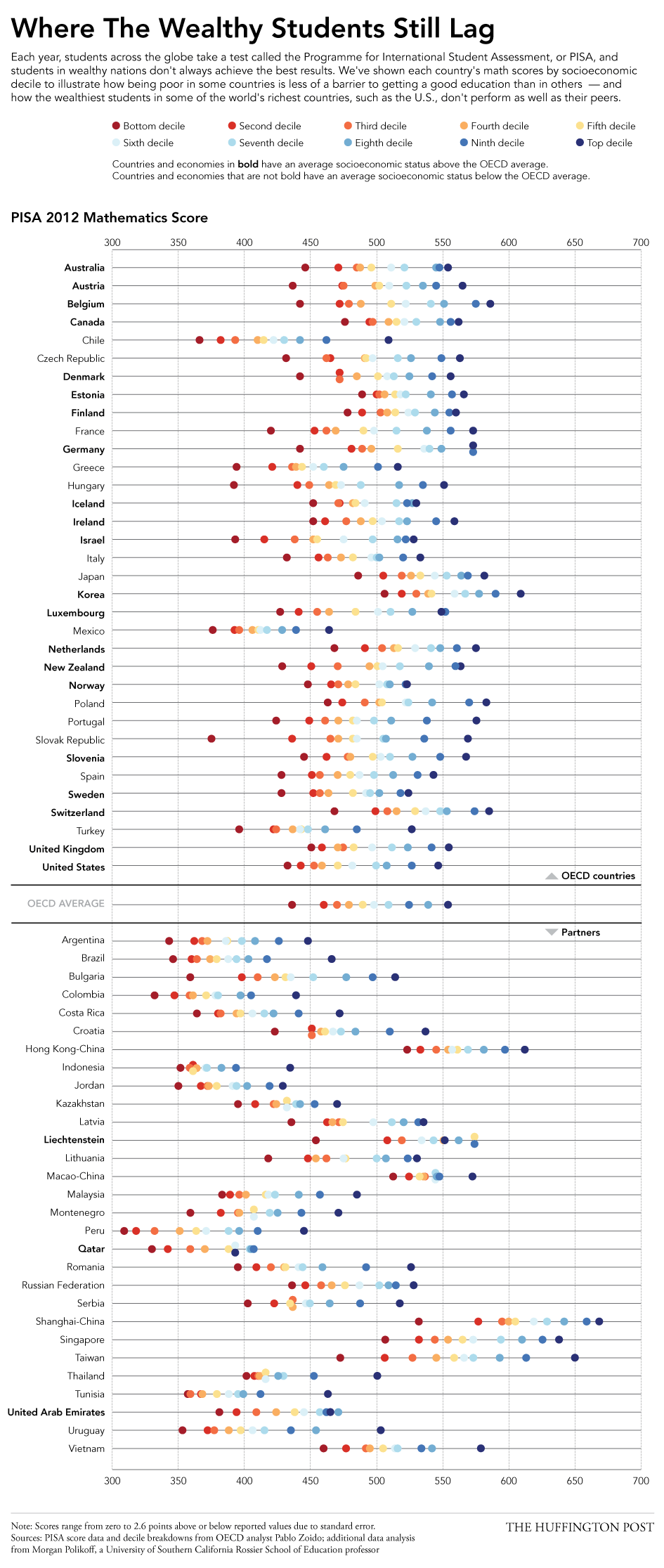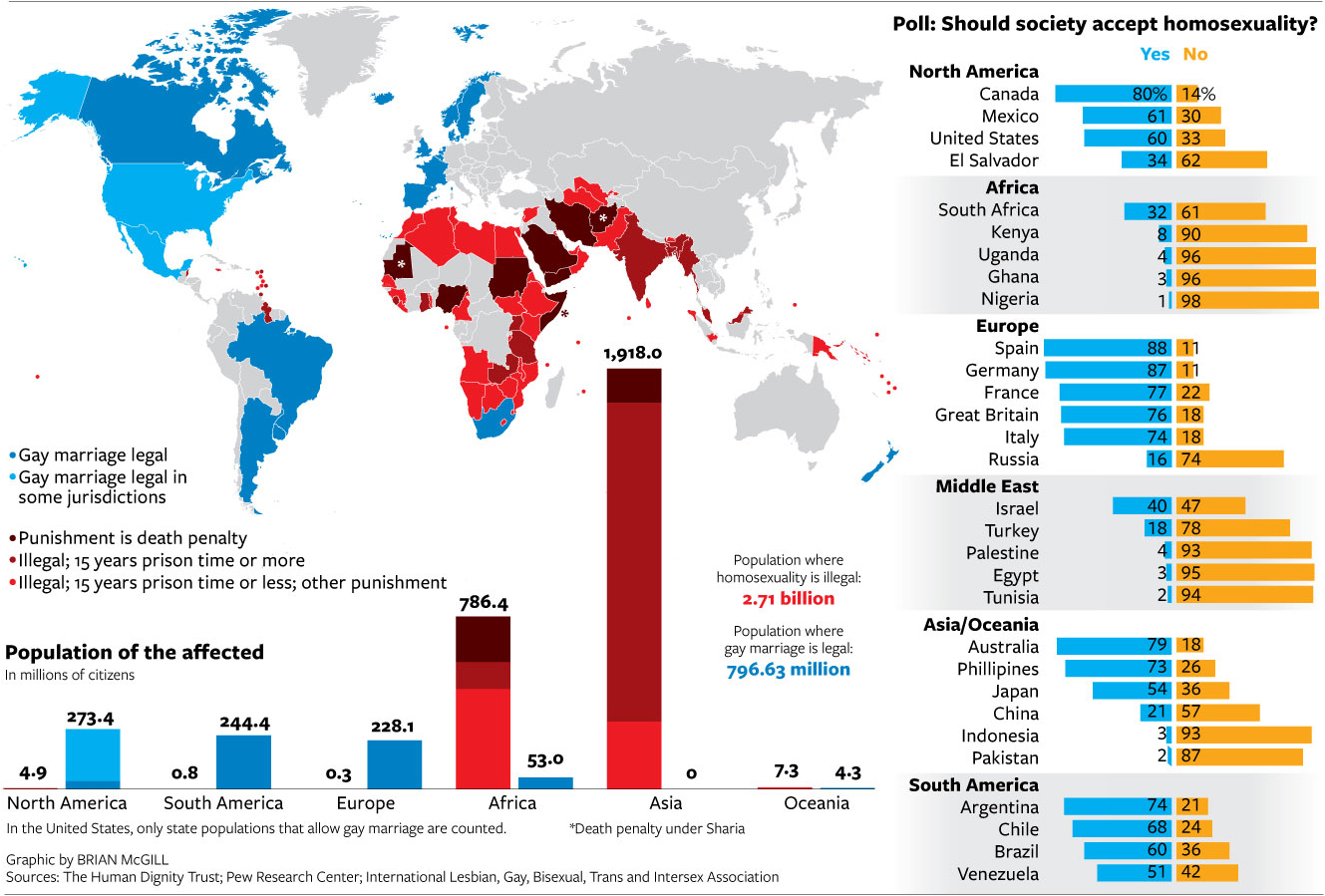A lot of things happened in Ukraine this past weekend. Unfortunately, I was not able to quite capture all of the events and the background I wanted. So, until I do, this quick graphic will have to suffice. In short, Ukraine is a big European country, one of the largest prizes remaining in the struggle between the West/EU and the East/Russia. I took a look at the forecast for Ukraine in 2050 for both number of people and the size of the economy and put that in the context of Europe. And while forecasting that far out clearly has risks, one can see with a grain of salt that Ukraine is set to be an important middle-sized European nation.
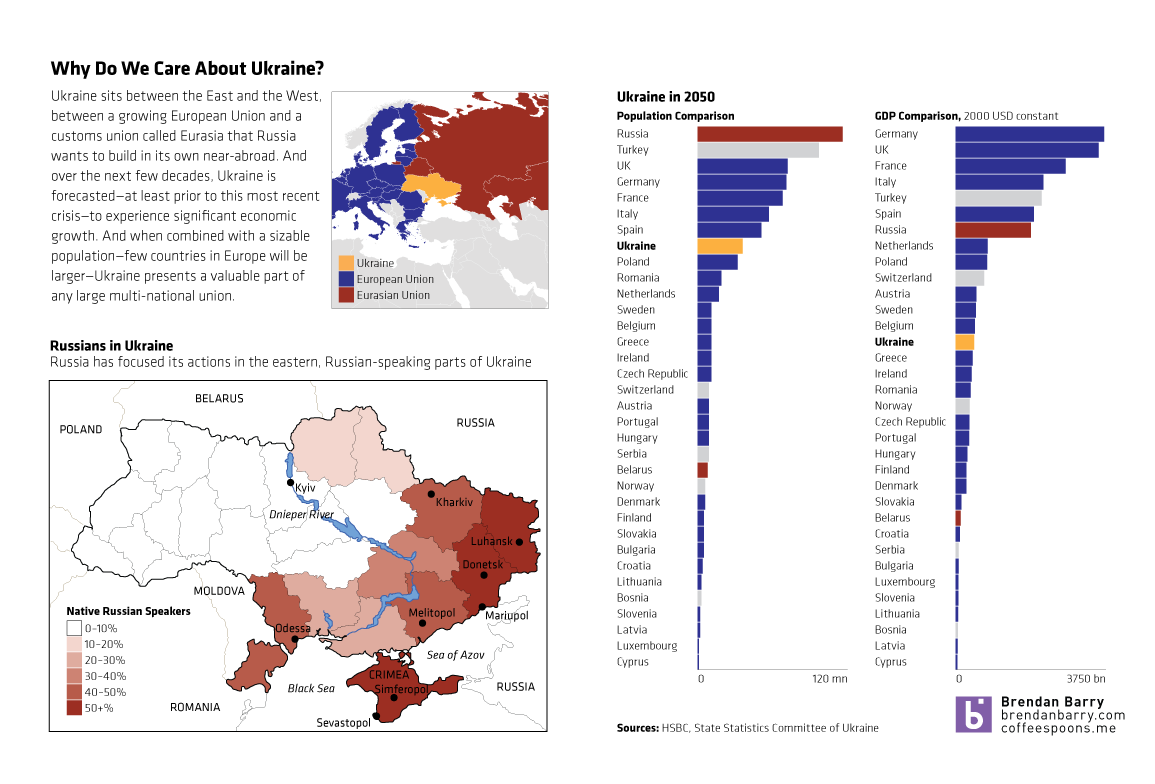
But, like I said, there is more to do. I just was not able to do it.

